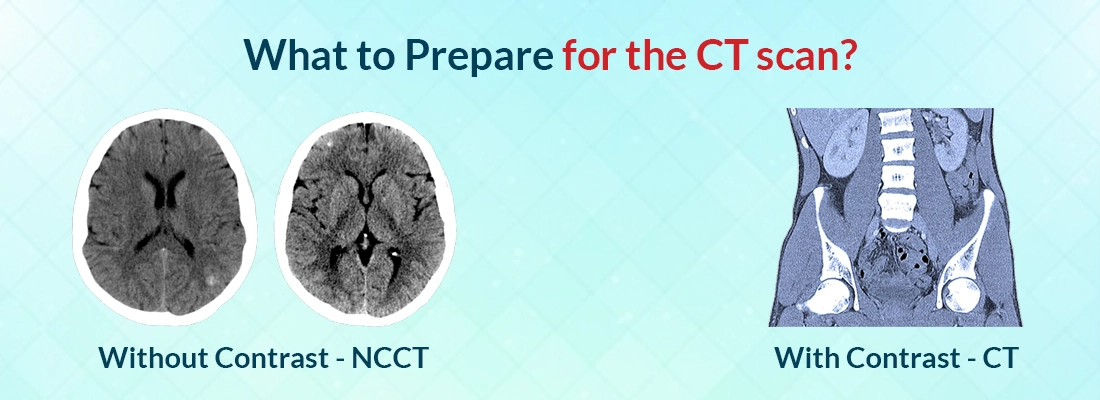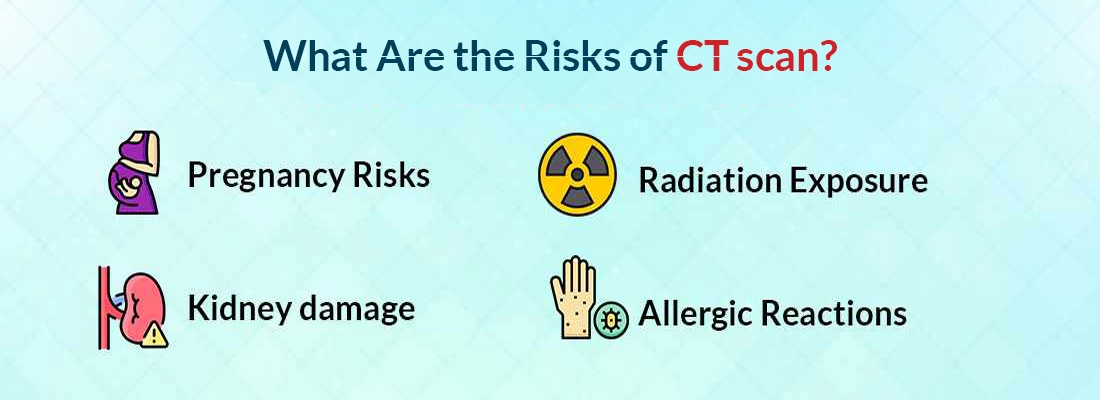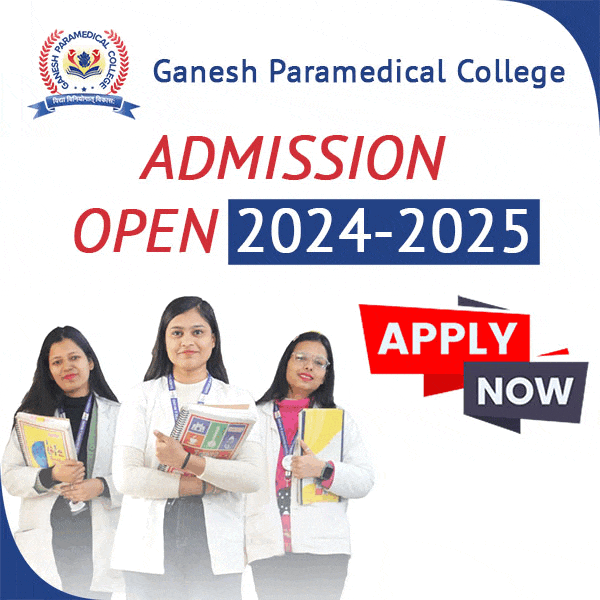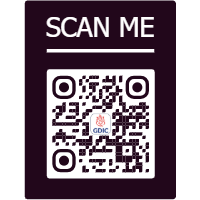
During a brain CT, the X-ray beam moves in a circle around the body, allowing many different views of the brain. The X-ray information is sent to a computer that interprets the X-ray data and displays it in a two-dimensional...
The CT Scan (Computed Tomography Scan) head is an imaging procedure in which rotating beams of X-Rays are used to create a 3 dimensional image of your head. This 3-D image helps the doctor to visualise, diagnose and plan how to treat the damages or disorders detected such as of the brain, skull, and other related areas of the head. An NCCT is also known as Non-contrast computerised tomography, or a plain CT scan. An NCCT is also known as CT scan or CAT scan. A doctor may recommend a CT scan of your brain if you experience seizures or epilepsy, altered or double vision, memory loss, loss of sensation of touch which indicate damage to your brain. A CT scan is a common test used to detect serious head injuries, stubborn headaches, brain and skull birth defects, brain diseases, and stroke.
Uses And Indications of CT scan
A Head CT scan is used to look at the structures if the brain and evaluate and diagnose, some of them are mentioned below-
- Presence of pathology, such as mass/tumour,
- Fluid collection, such as an abscess,
- Ischemic processes such as a stroke,
- Haemorrhage or internal bleeding,
- Trauma or fracture to skull,
- Hydrocephalus,
- Bone abnormalities,
- Inflammation of the meninges the covering of the brain and spine.
- To guide treatment procedures
- To guide fine needle biopsy procedures.
What to Prepare for the CT scan?

Without Contrast - NCCT
- No preparation is required
- Tell about pregnancy, any medical condition or metal devices if you have like cardiac pacemaker
With Contrast - CT
- Only one CT contrast study should be scheduled within 48 hour period
- BUN & creatinine must be done within 72 hours of the CT scan
- Nothing should be taken except for clear fluids after midnight before the CT scan
- NPO (nothing by mouth) 4 hours prior to the exam(no food or Drink)
- Tell about pregnancy, any medical condition or metal devices if you have like pacemaker
During The Head CT scan?
Generally, a brain CT scan involves the following steps-
- If you are going for a contrast CT scan, the contrast is injected via iv line in you arm or hand, for oral contrast you will need to swallow the contrast preparation.
- You will be then asked to lay on the scan table, the table slides into a large, circular opening of the scanning machine. You need to lie stable and still during the procedure.
- The technologist stays in another room to operate the scan via a computer, although he can watch you from a window separating the two rooms, also there is an intercom facility through which you can talk anything.
- As the scanner begins to rotate around you, X-Rays will pass through your body for short amounts of time. You will hear clicking sound, which indicates scanning is happening.
- The X-rays absorbed by your body tissues will be detected by the scanner and transmitted to the computer. The computer will transform the information into an image to be interpreted by the radiologist.
- You might be asked to hold your breath during the procedure for few times.
- You should notify the technologist if you experience any discomfort during the procedure.
- Once the procedure is completed, you will be removed from the scanner.
- If iv line is inserted for contrast administration, the line will be removed.
While the brain CT itself causes no pain, having to lie still for the length of the procedure might cause some discomfort or pain, particularly in the case of a recent injury or invasive procedure, e.g. surgery. The technologist will use all possible comfort measures and complete the procedure as quickly as possible to minimize any discomfort or pain.
What Are the Risks of CT Scan?

There are usually no risks related to the CT scan as the guidelines necessary are followed by the technician, but there are certain risks that are under mentioned,
- Being exposed to radiation
- Allergic reaction to contrast dye
- Kidney damage from the contrast dye
Conclusion
After your screening imaging tests like blood tests, MRI scan, PET scan or CT scan, the Diagnosis is made on the basis of your Scan Reports. Choosing the right diagnostic centre and a diagnostic centre near you gives an ease and reliability on the test results.
Frequently Asked Questions Related Ncct
How much time does a CT scan take?
Usually,a CT scan appointment will last approximately 15 minutes. For a CT scan with oral contrast, it could take upto 1 hour.
How much radiation does a CT scan expose?
The effective doses from diagnostic CT procedure are typically estimated to be in the range of 1 mSv to 10 mSv.
Why is a CT scan done?
CT is a diagnostic tool that can be used to find cancer, bone fractures, internal bleeding, blood clots, injuries to the spine and brain, etc.
Why is any metal or jewellery not allowed during a CT scan?
The metal item or jewellery item may show up in the scan as well, potentially disrupting the images and making them less useful for the doctors, this is why any metal or jewellery is not allowed during the CT scan. Also it can hamper the result prediction, hence altering the treatment plan and leaving it ineffective.
Why do I need mouth contrast?
The oral contrast fills the colon and small bowel for better visualisation and delineation between surrounding anatomy on the images.
Why is contrast given while CT scan?
The IV contrast helps enhance all of the vascular structures on the images such as liver , pancreas, kidney, etc. it will also characterise potential diseases on the scan image.
What is the CT scan going to show on the scan report?
A CT scan is a good way to visualise and evaluate the bone, internal organs, the brain, and the vascular structure within the neck, chest, abdomen, and pelvis.













